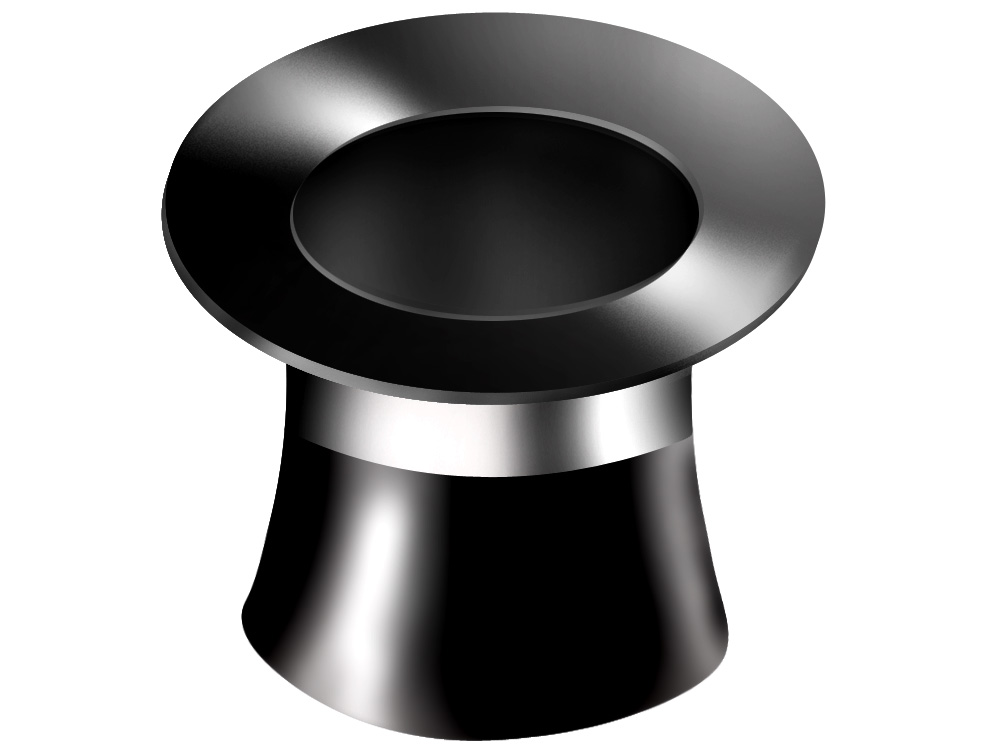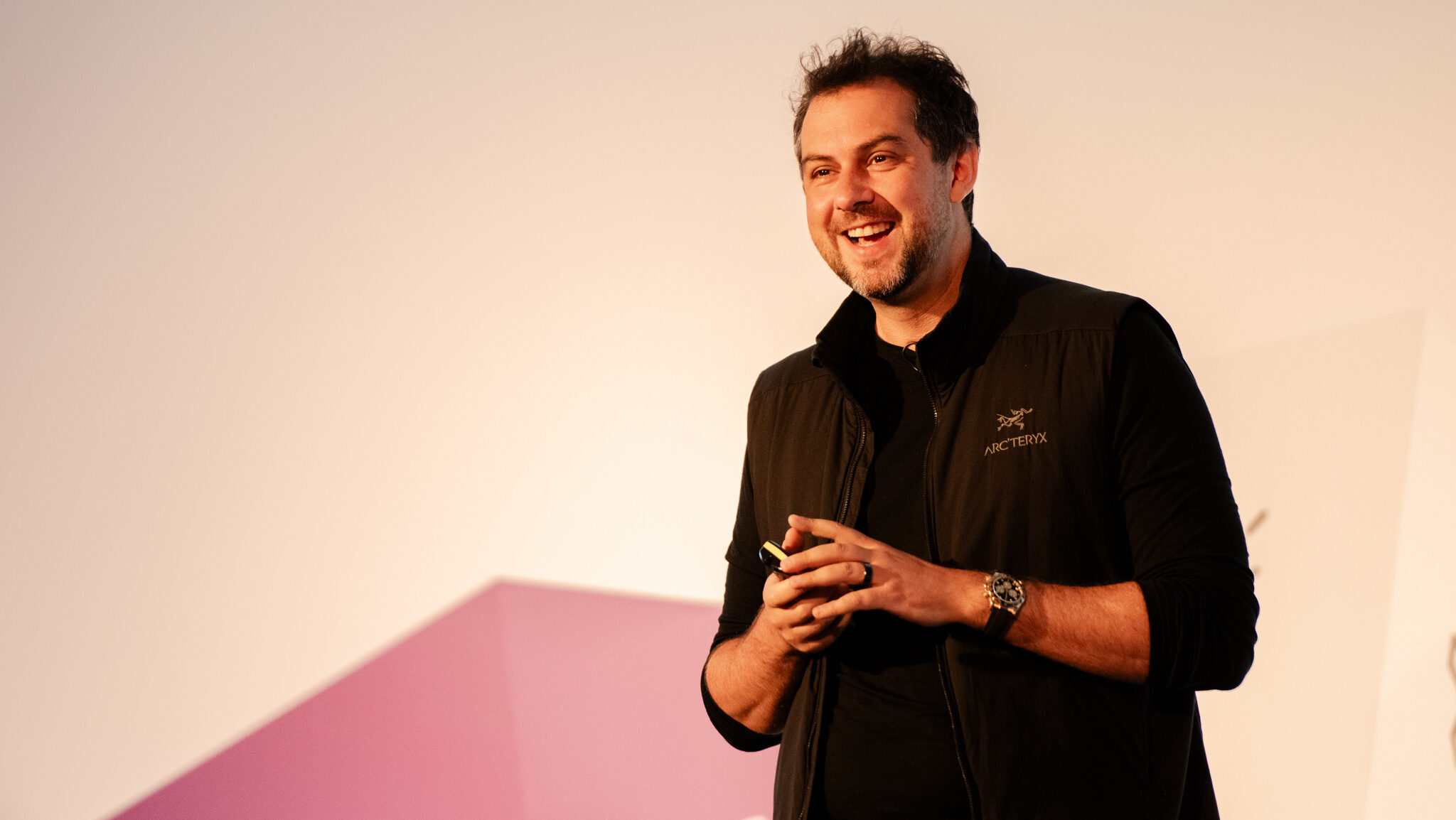Graham Allcott, founder of productivity training specialists Think Productive and author of the forthcoming book ‘How to be a Productivity Ninja’ offers some alternative approaches to making sure your meetings are focused and productive.
Take a moment right now to think about your experience of meetings. Chances are, a little part of you is groaning inside at the mere thought of meetings. What a fantastic way to waste time, lose focus, fan some egos and talk about getting things done rather than just get on and do them. The truth is that we have far too many meetings. In a 2007 study by Bert van der Zwan (of internet company WebEx), 28% of middle managers said that reducing their number of face-to-face meetings would improve overall productivity at work, with a further 21% saying they would feel less stressed and 18% felt they would have a better work-life balance. So many meetings are held without agendas, without a clear purpose and without consideration to who really needs to be there – or not.
 "So many meetings are held without agendas, without a clear purpose and without consideration to who really needs to be there – or not."
"So many meetings are held without agendas, without a clear purpose and without consideration to who really needs to be there – or not."But sometimes, a great meeting can change the world. Some of the great meetings I’ve attended over the years were conducted by my colleague Martin Farrell, the ‘meetings magician’. Martin is a professional meetings facilitator, brought in by organisations like the United Nations, the UK Government and the Fairtrade Foundation, that all realise the importance of investing in the power of making their meetings great. He and I met when he was a trustee of a charity that appointed me as its chief executive. Ever since then, I have utilised Martin’s considerable skills as a facilitator on many occasions, predominantly in meetings where I want to be fully present in exploring the topic as part of the group – if I had to facilitate the meeting myself I’d be worrying more about this than the topic, whereas with Martin at the helm, I don’t worry at all.
With a great facilitator, it’s like handing over your car keys and sitting in the back seat to enjoy the ride: you still own the car and get to influence where it goes, but you have a great driver ensuring everyone reaches their destination safely. This leaves you able to be on the lookout for the really interesting things you notice along the way. Watching these meetings unfold, I am always struck by the clarity of thinking, focussed discussion and clear outcomes that develop. It seems like Martin is doing magic and it feels very natural. In reality of course, what he is doing isn’t magic at all – he’s applying a methodical set of principles to every meeting, and can do this whether he knows a lot about its subject matter or not. It was Martin that introduced me to the most powerful meetings principle I have come across. This was developed by Lois Graessle and George Gawlinski, who worked with Martin on the book ‘Meeting Together’. The principle is the ’40-20-40′ continuum.
The 40-20-40 continuum: Before, during and after
If you ever need to hold a meeting and you want to make it a success, use the 40-20-40 Continuum: focus 40% of your attention for each meeting on preparation and getting everything right before you meet, then 20% of your attention on the meeting itself – the time you’re all together – and then spend 40% of your attention on the follow-through.
Like all golden rules, it appears to be simple and even a little obvious on first view, but in reality it’s rarely practised and can be difficult to stick to. Our temptation is to spend all our attention on the meeting itself: what the agenda will be, how it will be structured, and so on. In actual fact, more important than these are getting the venue, personnel and ‘framing’ right. Crucial to the meeting having any impact is, of course, following up to ensure that things actually happen afterwards.
"Crucial to the meeting having any impact is, of course, following up to ensure that things actually happen afterwards."
Here are a few tips – based around this 40-20-40 principle – that I hope will help you question the need for certain meetings and transform the meetings you have.
40% before
- Purpose – are you and all other attendees clear on what the intended outcome of the meeting should be and how you’ll know if you’ve achieved it? Make sure your agenda includes a simple statement of purpose (‘By the end of this meeting we will…’)
- Practicalities – does it need to be a ‘physical’ meeting at all? Would Skype, phone, webinar or something else be a better option? Are we presuming it should be an hour long because that’s what we’ve always done here? What would it look like if we changed it to 15 minutes?
- Place – the room, the cakes, the comfort-level… these things matter if you’re serious about giving people an environment in which to think, appreciate, contribute and decide. Great creative and strategic decisions are rarely made in dimly-lit basements
- Pace – you can only go as fast as the slowest person in the room, so what can you do by way of preparation to get people up to speed and ready to fully participate? Use the meeting itself for discussion and decision, not information sharing that can be done more productively by people in their own time
- Plan – Ever thought about writing the minutes of a meeting before the meeting happens? Of course things will change on the day, but doing this will give you the time to fully prepare and anticipate the consequences or nuances of the discussion. It will also help to give you a clearer idea about what a successful outcome might look like.
20% during
- Participation – create an environment where peoples’ contributions are valued. Meetings where only the loudest are heard don’t suit everyone’s learning style and sometimes the quietest of contributions are the ones you most need to hear
- Pace and Pauses – try to take a ‘step back’ from the discussions to notice body language and be conscious of whether peoples’ attention or enthusiasm may be flagging. And remember, no matter how fascinating the discussion, it’s never as memorable or attention-grabbing as a full bladder
- Practicalities – ensure that you or one of your team looks after the practicalities so that you leave participants to focus on the thinking, learning or decision-making
40% after
- Productive follow-through – there’s no point everyone signing up to actions or committing to further work if none of those people are going to be held accountable after the meeting has ended. Ensure during the meeting that every action has a single owner and a clear deadline. During the meeting, talk about how and when people will be held accountable and when progress will be reviewed. Follow up quickly after the meeting to confirm the details of who’s doing what – the day after a meeting is the crucial time to either capitalise on the momentum gained, or lose it completely.
Think Productive runs a range of productivity workshops, including ‘Making Meetings Magic’
Graham Allcott, founder of productivity training specialists Think Productive and author of the forthcoming book 'How to be a Productivity Ninja' offers some alternative approaches to making sure your meetings are focused and productive.
Take a moment right now to think about your experience of meetings. Chances are, a little part of you is groaning inside at the mere thought of meetings. What a fantastic way to waste time, lose focus, fan some egos and talk about getting things done rather than just get on and do them. The truth is that we have far too many meetings. In a 2007 study by Bert van der Zwan (of internet company WebEx), 28% of middle managers said that reducing their number of face-to-face meetings would improve overall productivity at work, with a further 21% saying they would feel less stressed and 18% felt they would have a better work-life balance. So many meetings are held without agendas, without a clear purpose and without consideration to who really needs to be there – or not.
 "So many meetings are held without agendas, without a clear purpose and without consideration to who really needs to be there – or not."
"So many meetings are held without agendas, without a clear purpose and without consideration to who really needs to be there – or not."But sometimes, a great meeting can change the world. Some of the great meetings I've attended over the years were conducted by my colleague Martin Farrell, the 'meetings magician'. Martin is a professional meetings facilitator, brought in by organisations like the United Nations, the UK Government and the Fairtrade Foundation, that all realise the importance of investing in the power of making their meetings great. He and I met when he was a trustee of a charity that appointed me as its chief executive. Ever since then, I have utilised Martin's considerable skills as a facilitator on many occasions, predominantly in meetings where I want to be fully present in exploring the topic as part of the group - if I had to facilitate the meeting myself I'd be worrying more about this than the topic, whereas with Martin at the helm, I don't worry at all.
With a great facilitator, it's like handing over your car keys and sitting in the back seat to enjoy the ride: you still own the car and get to influence where it goes, but you have a great driver ensuring everyone reaches their destination safely. This leaves you able to be on the lookout for the really interesting things you notice along the way. Watching these meetings unfold, I am always struck by the clarity of thinking, focussed discussion and clear outcomes that develop. It seems like Martin is doing magic and it feels very natural. In reality of course, what he is doing isn't magic at all – he's applying a methodical set of principles to every meeting, and can do this whether he knows a lot about its subject matter or not. It was Martin that introduced me to the most powerful meetings principle I have come across. This was developed by Lois Graessle and George Gawlinski, who worked with Martin on the book 'Meeting Together'. The principle is the '40-20-40' continuum.
The 40-20-40 continuum: Before, during and after
If you ever need to hold a meeting and you want to make it a success, use the 40-20-40 Continuum: focus 40% of your attention for each meeting on preparation and getting everything right before you meet, then 20% of your attention on the meeting itself – the time you're all together – and then spend 40% of your attention on the follow-through.
Like all golden rules, it appears to be simple and even a little obvious on first view, but in reality it's rarely practised and can be difficult to stick to. Our temptation is to spend all our attention on the meeting itself: what the agenda will be, how it will be structured, and so on. In actual fact, more important than these are getting the venue, personnel and 'framing' right. Crucial to the meeting having any impact is, of course, following up to ensure that things actually happen afterwards.
"Crucial to the meeting having any impact is, of course, following up to ensure that things actually happen afterwards."
Here are a few tips - based around this 40-20-40 principle – that I hope will help you question the need for certain meetings and transform the meetings you have.
40% before
- Purpose – are you and all other attendees clear on what the intended outcome of the meeting should be and how you'll know if you've achieved it? Make sure your agenda includes a simple statement of purpose ('By the end of this meeting we will...')
- Practicalities – does it need to be a 'physical' meeting at all? Would Skype, phone, webinar or something else be a better option? Are we presuming it should be an hour long because that's what we've always done here? What would it look like if we changed it to 15 minutes?
- Place – the room, the cakes, the comfort-level... these things matter if you're serious about giving people an environment in which to think, appreciate, contribute and decide. Great creative and strategic decisions are rarely made in dimly-lit basements
- Pace – you can only go as fast as the slowest person in the room, so what can you do by way of preparation to get people up to speed and ready to fully participate? Use the meeting itself for discussion and decision, not information sharing that can be done more productively by people in their own time
- Plan – Ever thought about writing the minutes of a meeting before the meeting happens? Of course things will change on the day, but doing this will give you the time to fully prepare and anticipate the consequences or nuances of the discussion. It will also help to give you a clearer idea about what a successful outcome might look like.
20% during
- Participation – create an environment where peoples' contributions are valued. Meetings where only the loudest are heard don't suit everyone's learning style and sometimes the quietest of contributions are the ones you most need to hear
- Pace and Pauses – try to take a 'step back' from the discussions to notice body language and be conscious of whether peoples' attention or enthusiasm may be flagging. And remember, no matter how fascinating the discussion, it's never as memorable or attention-grabbing as a full bladder
- Practicalities – ensure that you or one of your team looks after the practicalities so that you leave participants to focus on the thinking, learning or decision-making
40% after
- Productive follow-through – there's no point everyone signing up to actions or committing to further work if none of those people are going to be held accountable after the meeting has ended. Ensure during the meeting that every action has a single owner and a clear deadline. During the meeting, talk about how and when people will be held accountable and when progress will be reviewed. Follow up quickly after the meeting to confirm the details of who's doing what – the day after a meeting is the crucial time to either capitalise on the momentum gained, or lose it completely.
Think Productive runs a range of productivity workshops, including 'Making Meetings Magic'







